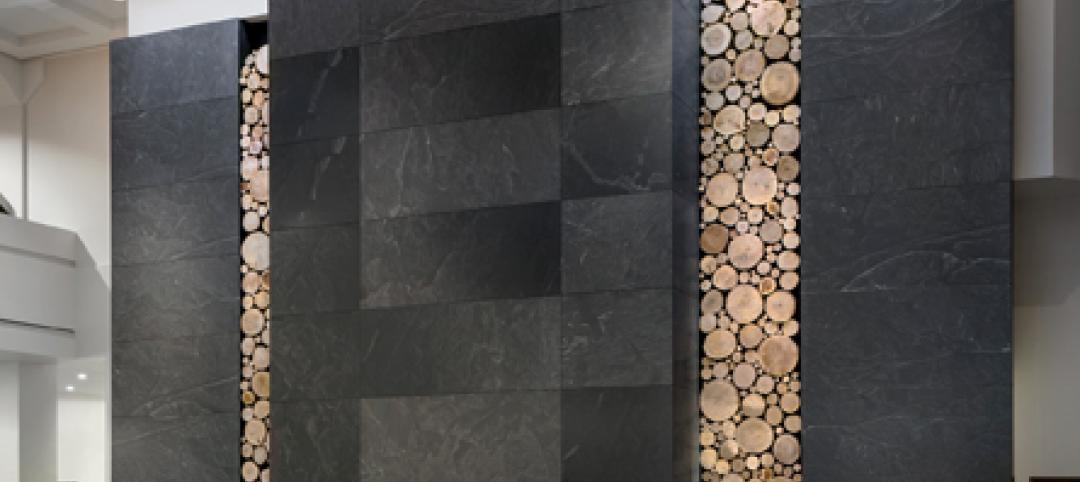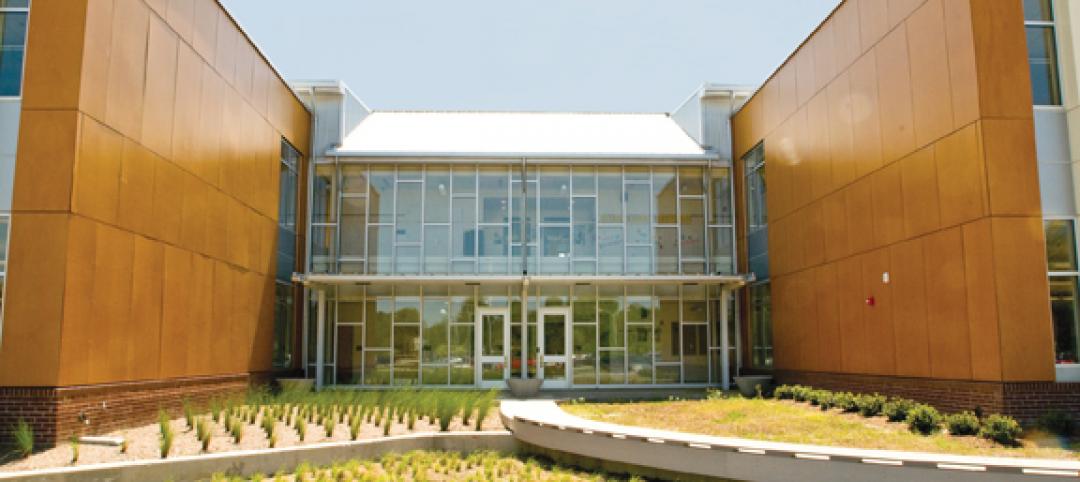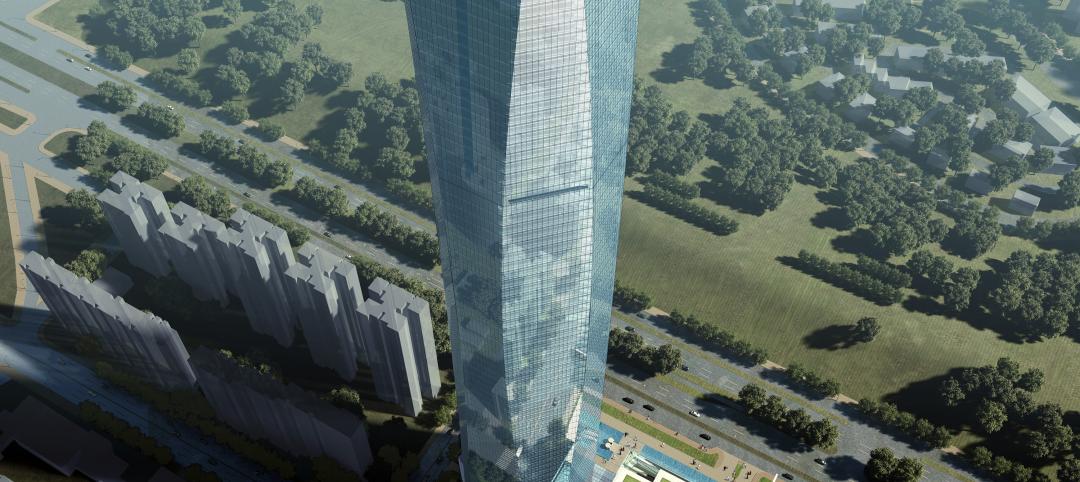Gilbane, the family owned construction and real estate development firm, is predicting stronger spending on nonresidential building this year, even if the number of projects started doesn’t appreciate significantly.
“Even if new starts growth were to turn flat for the rest of 2015 (which is not expected), those starts already recorded over the past 12 months indicate spending for nonresidential buildings in 2015 will increase 15% over 2014, the best growth since 2007,” writes the company in its “Building For the Future” Spring report on Construction Economics and Market Conditions.
Gilbane estimates that total spending for nonresidential building construction will reach $370 billion this year, a 15.3% increase. The company expects nonresidential starts to slow in 2015 but still hit 218,052 units, 7.4% ahead of the previous year.

Educational building is expected to account for 22.7% of total nonresidential construction spending in 2015, down from its 24.4% market share in 2014 and 30.3% in 2010. Still, Gilbane foresees spending on educational building to be up 7% this year, to $83.8 billion, the first substantial increase since 2008.
The manufacturing sector, whose market share of total nonresidential construction spending is projected to be flat at 17.2% this year, should see its spending amounts increase by 15% to $63.5 billion, which would be on top of a 15% gain in 2014. Spending on office construction is expected to grow 17.5% to $52.6 billion. And construction spending on commercial retail will be up 12.5% to $64.2 billion.
Gilbane projects that nonresidential construction revenue will increase by 9.1%. However, using historical benchmarks as its guide, the company believes that at least half of that gain could be attributable to “rapidly increasing inflation,” which had grown by 11% in the previous three years.

As other industry watchers have noted, Gilbane isn’t seeing much inflation on the materials side, with some exceptions like gypsum and precast concrete. Gilbane is more concerned, though, about construction hiring trends.
As of March 2015, there were 6.344 million construction employees, according to Bureau of Labor Statistics’ data. The unemployment rate in construction is now at 9.5% after hitting a low of 6.4% in October 2014. Total hiring in the construction industry was up by an estimated 15% in the first quarter of this year.
Gilbane believes that companies aren’t always using the right metrics to determine their hiring levels.
It notes that since 2012, the number of workers to complete $1 billion of constant volume has increased from about 5.65 million to 6.1 million. That would imply an 8% loss in productivity in three years. But Gilbane insists this “loss” has more to do with overall cost reductions than with projects being over-staffed.
“Workload volume should be used for planning the size of the workforce,” Gilbane states. “As an example, at the 2008 peak of construction cost, a building cost $12 million and took 100 men per year to build. In 2010, that same building potentially cost as little as $10 million to build, 20% less. Did it take 20% fewer men per year to build it? No, certainly not. That would be the fallacy of trying to determine jobs needed based on unadjusted revenue.”
To bolster its argument, Gilbane notes that historical averages (adjusted for inflation) since year 2000 show the number of direct construction jobs supported by $1 billion in construction spending varies +/- from 6,000 jobs. That calculates to one job for every $165,000 (in 2014 dollars) spent on construction, or 6.0 to 7.0 jobs per $1,000,000 spent.
Related Stories
| Nov 11, 2012
Under40 Leadership Summit draws 71 young leaders to Chicago
More than 70 young—that is, under age 40—architects, engineers, and construction professionals descended on Chicago in early October with one thought in mind: to learn how to “create with clarity.”
| Nov 11, 2012
AIA: Building Envelope
Preventing and treating failure in glazed curtain wall systems. Earn 1.0 AIA/CES learning units by studying this article and successfully completing the online exam.
| Nov 11, 2012
Greenbuild 2012 Report: Hospitality
Hotel boom signals good news for greener lodging facilities
| Nov 11, 2012
Greenbuild 2012 Report: Government & Military
Public sector remains a bastion of sustainability
| Nov 11, 2012
Greenbuild 2012 Report: Healthcare
Green medical facilities extend beyond hospital walls
| Nov 11, 2012
Greenbuild 2012 Report: Multifamily
Sustainably designed apartments are apples of developers’ eyes
| Nov 11, 2012
Greenbuild 2012 Report: Higher Education
More and more colleges and universities see sustainainably designed buildings as a given
| Nov 11, 2012
Greenbuild 2012 Report: K-12
High-performance schools put ‘sustainability’ in the lesson plan
| Nov 7, 2012
John Portman & Associates awarded new high rise in China
108-story building to rise in Nanning, the Capital City of Guangxi Province.

















